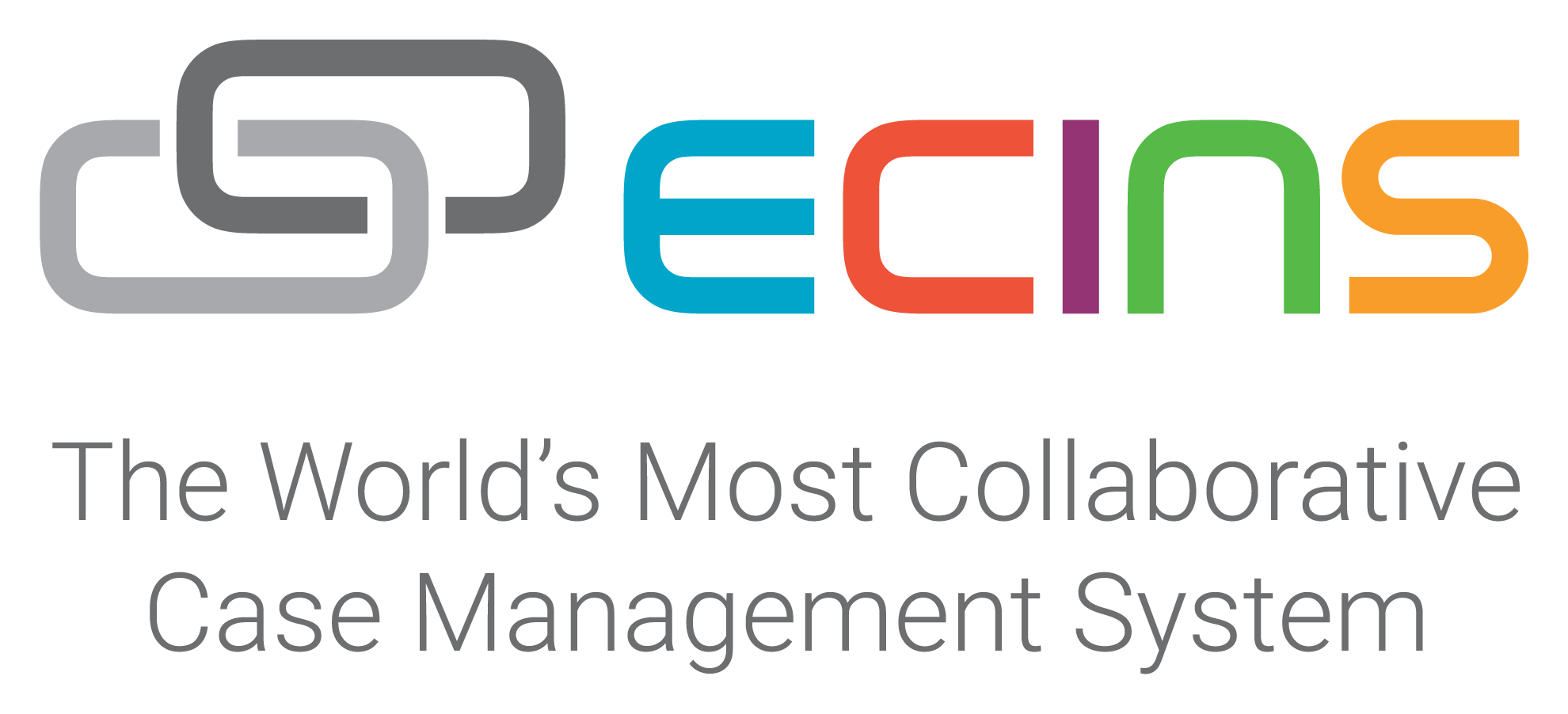Reducing reoffending and rehabilitating offenders is one of the primary functions of the ECINS Case Management Platform all over the world. High recidivism rates not only strain legal and correctional systems but also signify a failure to rehabilitate individuals, impacting communities and perpetuating cycles of crime. ECINS has been at the forefront of offender rehabilitation, providing innovative tools like journey mapping and the ECINS Wheel Assessment to make a tangible difference in reducing the risk of reoffending among vulnerable populations.
Understanding the Challenges of Recidivism
Recidivism is influenced by a myriad of factors, including socio-economic conditions, mental health issues, substance abuse, lack of education, and limited employment opportunities. Traditional rehabilitation programs often fall short due to:
- One-Size-Fits-All Approaches: Generic programs that don’t address individual needs.
- Lack of Continuous Support: Insufficient post-release support leads to relapse into old behaviors.
- Fragmented Services: Disconnected agencies and services fail to provide a cohesive support system.
To effectively reduce recidivism, interventions must be personalised, comprehensive, and consistently monitored for progress.
The Role of Journey Mapping in Offender Rehabilitation
Journey mapping is a powerful tool that visualises an individual’s path from incarceration to reintegration into society. It involves plotting out the stages of rehabilitation, identifying potential obstacles, and outlining the support needed at each step.
Benefits of Journey Mapping
- Personalised Rehabilitation Plans: Tailors interventions to address specific needs and risks.
- Goal Setting: Establishes clear, achievable objectives for the individual.
- Progress Monitoring: Allows practitioners to track advancements and setbacks.
- Enhanced Engagement: Encourages individuals to take ownership of their rehabilitation journey.
ECINS’ Journey Mapping Solution
ECINS leverages journey mapping by providing a digital platform where practitioners can create, manage, and adjust rehabilitation plans collaboratively with offenders. The platform facilitates:
- Multi-Agency Collaboration: Enables different agencies (e.g., probation, social services, mental health providers) to work together seamlessly.
- Real-Time Updates: Keeps all stakeholders informed about the individual’s progress.
- Resource Allocation: Helps in identifying and deploying the necessary resources at the right time.
Introducing the ECINS Wheel Assessment
The ECINS Wheel Assessment is an innovative tool designed to evaluate and visualise the factors contributing to an individual’s risk of reoffending. It assesses various life domains that are critical in rehabilitation, such as:
- Housing Stability
- Employment and Education
- Mental and Physical Health
- Substance Abuse
- Family and Social Relationships
- Attitudes and Behaviour
How the Wheel Assessment Works
- Initial Assessment: Practitioners and the individual collaboratively rate each domain, identifying strengths and areas needing improvement.
- Visualisation: The assessment generates a wheel-shaped diagram, providing a visual representation of the individual’s current status across all domains.
- Goal Setting and Planning: Based on the assessment, specific goals are set for each domain.
- Progress Tracking: Regular reassessments update the wheel, visually showing improvements or regressions over time.
Making a Tangible Difference: Tracking Progress and Outcomes
By using the ECINS Wheel Assessment in conjunction with journey mapping, practitioners can:
- Identify Root Causes: Understand the underlying issues that contribute to criminal behavior.
- Measure Effectiveness: Quantitatively track changes in each domain, demonstrating the impact of interventions.
- Adjust Interventions: Modify rehabilitation plans in response to the individual’s progress.
- Provide Evidence-Based Support: Use data to support funding applications and policy changes.
The Broader Impact: Reducing Recidivism at Scale
Implementing ECINS’ journey mapping and wheel assessment across agencies can have a substantial impact on recidivism rates by:
- Enhancing Collaboration: Breaking down silos between agencies leads to more comprehensive support.
- Allocating Resources Efficiently: Data-driven insights ensure that resources are directed where they are most needed.
- Improving Policy and Funding Decisions: Aggregate data can inform policymakers and attract funding for successful programs.
- Empowering Individuals: Engaging offenders in their rehabilitation fosters responsibility and motivation.
Why Choose ECINS for Offender Rehabilitation
- User-Friendly Interface: Easy for both practitioners and clients to navigate.
- Secure and Compliant: Meets stringent data protection standards, ensuring confidentiality.
- Customisable: Adaptable to the specific needs of different organisations and programs.
- Proven Success: Backed by case studies and data demonstrating effectiveness in reducing recidivism.
Taking Action: Implementing ECINS in Your Organisation
Reducing recidivism requires a concerted effort and the right tools to make a lasting impact. ECINS offers the technology and support to enhance your rehabilitation programs.
Next Steps
- Request a Demonstration: See firsthand how journey mapping and the wheel assessment work.
- Consultation: Our experts can help tailor ECINS to your organisation’s needs.
- Training and Support: We provide comprehensive training to ensure successful implementation.
